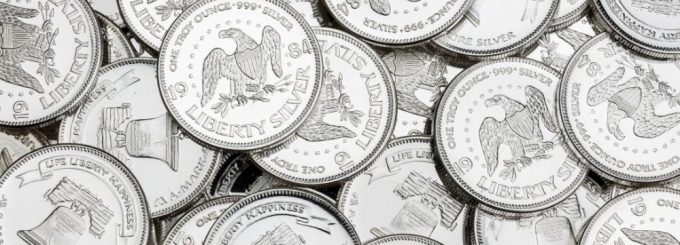Review of the 1798 $1 Draped Bust Large Heraldic Eagle Silver Dollar

Bust dollars, which are also referred to as the early dollars, is a type of coin which was struck from 1794 to 1795. They are one of the oldest examples of American coinage and have a special place among collectors, as they were the very first coins to be minted after the American Revolution.
Origins
After the 13 Colonies defeated their former British overlords, a new nation needed to formed, but in order for it to work a new coinage system was needed. The answer was the bust dollar, which is rudimentary by today’s standards but played a key role in the formation of the American republic. It was made from silver and only issued for about a decade until 1804, but has retained its popularity among collectors for the last 240+ years.
Due to their age and rarity, collecting a whole date run will be challenging and extremely costly. They are sometimes called the Flowing Hair dollar, and have the distinction of being the very first silver dollar to be officially released by the United States. Robert Scot was the chief engraver, and while mintage records state a production level of around 19,570 specimens by 1804, few of the coins actually bear an 1804 issue date. The popular silver dollar that does show “1804” is said to have actually be minted in 1834. It included specialized proof sets, which were given in the form of diplomatic gifts for foreign dignitaries.
Features
On the coin’s obverse side you can see a Miss Liberty visage with her hair flowing. The reverse side of the coin depicts an eagle, which became America’s national bird that is perched on top of a wreath. The coin’s edge has an inscription which says “HUNDRED CENTS ONE DOLLAR OR UNIT.” The 1794 version tends to be much rarer than its 1795 counterpart, which means that if you manage to find one you can expect to pay a premium for it.
Numismatists have attributed multiple varieties for the 1795 version, which are hotly pursued by collectors to this day. Robert Scot also created a Draped Bust style obverse that showcases a voluptuous Miss Liberty with locks that are curlier. The eagle image on the coin became popular, but by 1798 it was replaced with a heraldic style eagle. This change resulted in dual sub-types of the Draped silver dollar, which is the big eagle reverse and small eagle reverse. Collectors state that the dates which are most common are 1799 and 1798, but even they can be very difficult to find, especially without undamaged surfaces.
There were a handful of coins which were created as restrikes in the years following 1857, but it is believed that only fifteen known 1804 dollars still exist which now carry a price tag of seven figures, making them some of America’s most expensive silver coins. This coin offered by Coin Exchange NY is from 1798 and was struck by the Mint of Philadelphia. It has the original darkish grey silver color with a surface that is mostly smooth.


